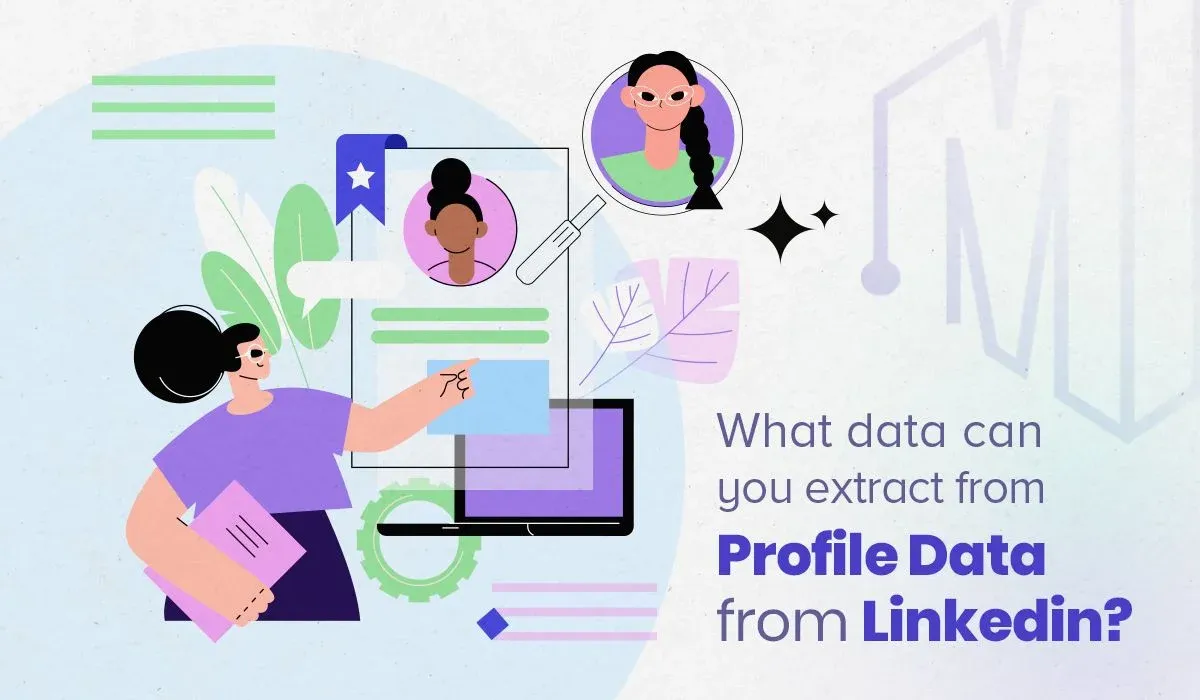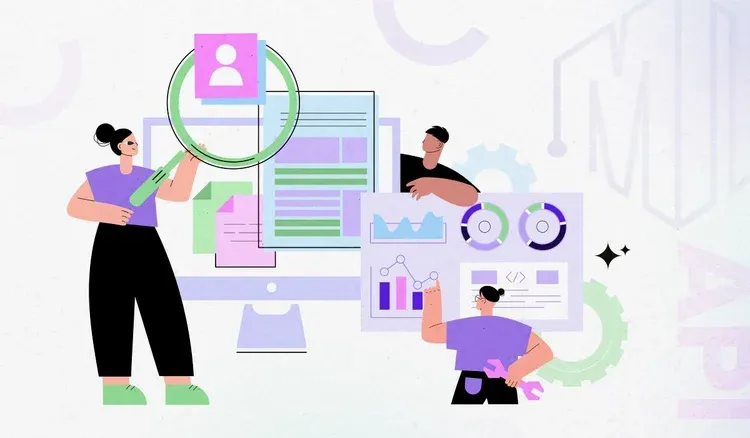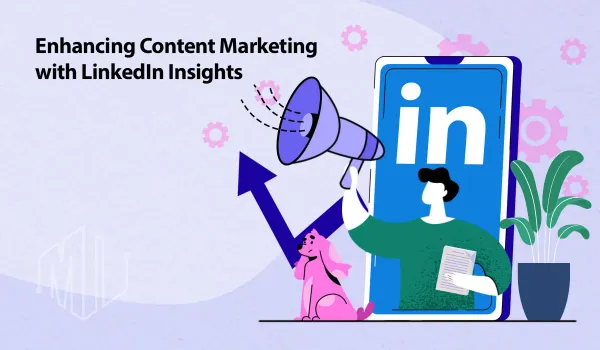What Data Can You Extract from LinkedIn? A Comprehensive Overview
For recruiters and those eager to make the most out of this platform, understanding how to extract vital information from LinkedIn is crucial. Learn how to extract key information, leverage it for networking, job hunting, or business growth.

In the modern recruitment landscape, LinkedIn stands out as an indispensable tool for professionals and businesses alike. It provides a wealth of LinkedIn profile data that can help streamline the hiring process.
✨ Unleash the Power of AI with MagicalAPI!
Whether you’re optimizing YouTube content, extracting LinkedIn data, or evaluating resumes, MagicalAPI is your one-stop solution! Discover the diverse range of AI services tailored to meet your every need. Dive in and elevate your digital experience today!

Why is LinkedIn Profile Data So Important?
When a recruiter logs into their LinkedIn account, they’re met with an array of profiles, each detailing the journey of professionals across different sectors.
These profiles, from the detailed resume LinkedIn showcases to the numerous endorsements and recommendations, offer an in-depth look into a candidate’s qualifications and suitability for a role. It is this comprehensive LinkedIn profile data that gives recruiters an edge in the hiring process.
What data can you extract from Profile Data from LinkedIn?
1. Basic Profile Information:
- Name: Full name, including first name, last name, and any middle names or initials.
- Headline: Professional headline indicating the individual's current role, expertise, industry, or specialization.
- Location: Geographic location, including city, state, country, and time zone.
- Industry: Industry or sector in which the individual works or specializes.
2. Professional Experience:
- Current & Past Positions: Details of current and previous roles, including job titles, companies, durations, responsibilities, achievements, and descriptions.
- Company Information: Information about companies where the individual has worked, including company names, industries, sizes, locations, and descriptions.
- Skills & Endorsements: Skills listed by the individual and endorsements received from connections, indicating expertise, strengths, and competencies.
3. Education & Qualifications:
- Educational Background: Details of academic institutions attended, degrees obtained, fields of study, graduation dates, honors, awards, and extracurricular activities.
- Professional Certifications: Information about certifications, courses, training programs, workshops, seminars, and professional development initiatives completed or pursued.
4. Connections & Networks:
- Connection Details: Information about connections, including names, profiles, relationships, industries, locations, and mutual connections.
- Network Insights: Insights into networks, relationships, affiliations, connections, groups, associations, and communities within LinkedIn and broader professional ecosystems.
5. Recommendations & Endorsements:
- Recommendations: Personal recommendations written by connections, colleagues, peers, supervisors, or clients endorsing an individual's skills, experiences, contributions, and achievements.
- Endorsements: Skills endorsed by connections, indicating credibility, expertise, proficiency, and recognition within specific areas, industries, or disciplines.
6. Interests & Activities:
- Groups & Associations: Information about groups, associations, communities, forums, or organizations joined or affiliated with on LinkedIn, indicating interests, affiliations, and engagements.
- Publications & Posts: Articles, posts, publications, or content shared, authored, or engaged with by the individual on LinkedIn, highlighting insights, perspectives, expertise, interests, and contributions
Steps to Extract Company Data from LinkedIn
1. Setting Up Your LinkedIn Account
Before delving into the Company data extraction process, it's vital to have an appropriate LinkedIn account. While a basic account offers limited viewing options, a premium or recruiter account provides advanced search capabilities and extended profile views.
2. Advanced Search Feature
LinkedIn’s advanced search is a beacon for those keen on sourcing specific profiles. By implementing well-targeted keywords, you can home in on profiles that resonate most with the job description, ensuring a more focused and efficient recruitment process.
3. Browser Extensions and Plugins
The digital space is teeming with tools designed for data extraction, some tailored specifically for LinkedIn. These plugins can quickly gather data from a LinkedIn profile and organize it in a user-friendly format. However, it's essential to remain aware of LinkedIn's terms of service to prevent any potential infringements.
4. Manual Extraction
While automated tools such as Recruitment Tools offer speed, manual data extraction provides depth. By personally navigating through each LinkedIn profile, recruiters can pick up on nuanced details and gain a more profound understanding of a potential candidate’s fit for a role.

Benefits of Using Extraction Tools
Extraction tools play a pivotal role in harnessing the true potential of LinkedIn profile data. Here’s why:
1. Efficiency and Speed: Automated tools can scrape profiles in a fraction of the time it would take to do so manually. This speed is especially beneficial when dealing with large-scale recruitment drives or market research.
2. Structured Data: These tools typically present data in a structured format, be it spreadsheets or databases, making it easier to sort, filter, and analyze the information.
3. Consistency: Automated tools ensure that data is extracted in a consistent manner, reducing the chance of human error and ensuring that the data's integrity is maintained.
Boosting Your LinkedIn Data Extraction Process
Engage with LinkedIn Groups
LinkedIn’s groups, tailored to myriad professional interests, are fertile grounds for recruiters. By actively participating or even observing conversations, you can identify potential candidates who stand out in their field.
Leverage Recommendations and Endorsements
When assessing a LinkedIn profile, endorsements and recommendations provide a deeper dive into a candidate’s professional acumen. These can often shed light on skills or strengths that aren’t overtly mentioned in the resume LinkedIn displays.
Navigating the Ethical Dimensions of Data Extraction
The power that LinkedIn profile data offers comes with its set of responsibilities. Always ensure that any data extraction aligns with ethical hiring practices. Unsolicited outreach or using extracted data for non-recruitment purposes can lead to account restrictions or even legal repercussions.
Conclusion
LinkedIn has revolutionized the recruitment landscape. The depth of LinkedIn profile data available offers recruiters an unparalleled advantage in sourcing the right talent. From the detailed resume LinkedIn profiles showcase to the intricate web of connections each profile holds, there's a wealth of information waiting to be harnessed.
However, as with all Profile Data tools, using LinkedIn responsibly and ethically is paramount. By combining the vast data reservoirs of LinkedIn with genuine human connection and understanding, recruiters can truly transform the hiring process, ensuring mutual success for both companies and candidates.
FAQ
What is LinkedIn data extraction?
LinkedIn data extraction involves collecting specific information from LinkedIn profiles, company pages, and other sections of the platform for purposes such as lead generation, market research, and competitive analysis.
What types of data can be extracted from LinkedIn profiles?
From LinkedIn profiles, you can extract basic information, contact details, experience, education, skills and endorsements, recommendations, and accomplishments.

Join to our community
By joining our Discord server, get assistance, and troubleshoot any challenges you may encounter while using our services.
Join us on Discord




